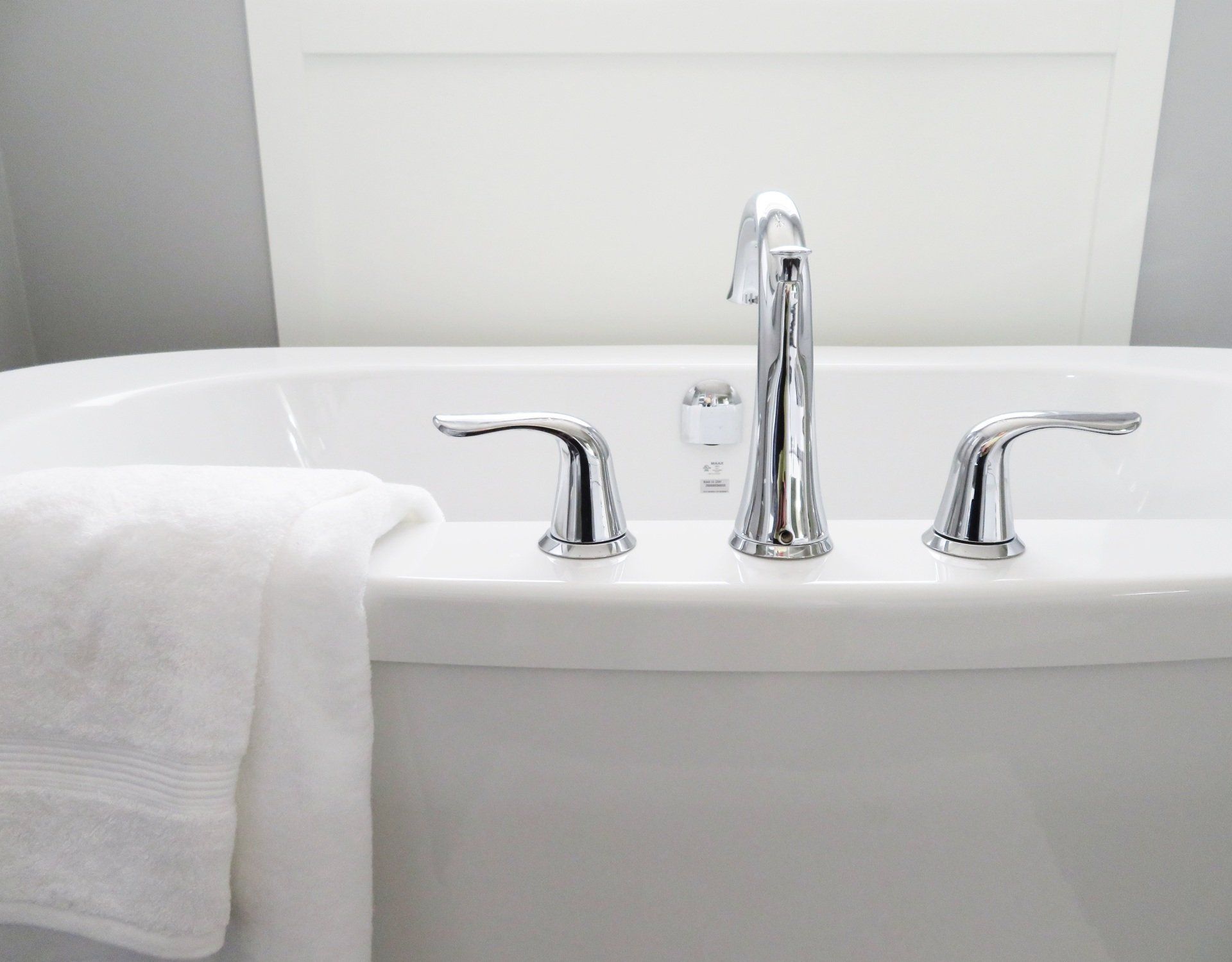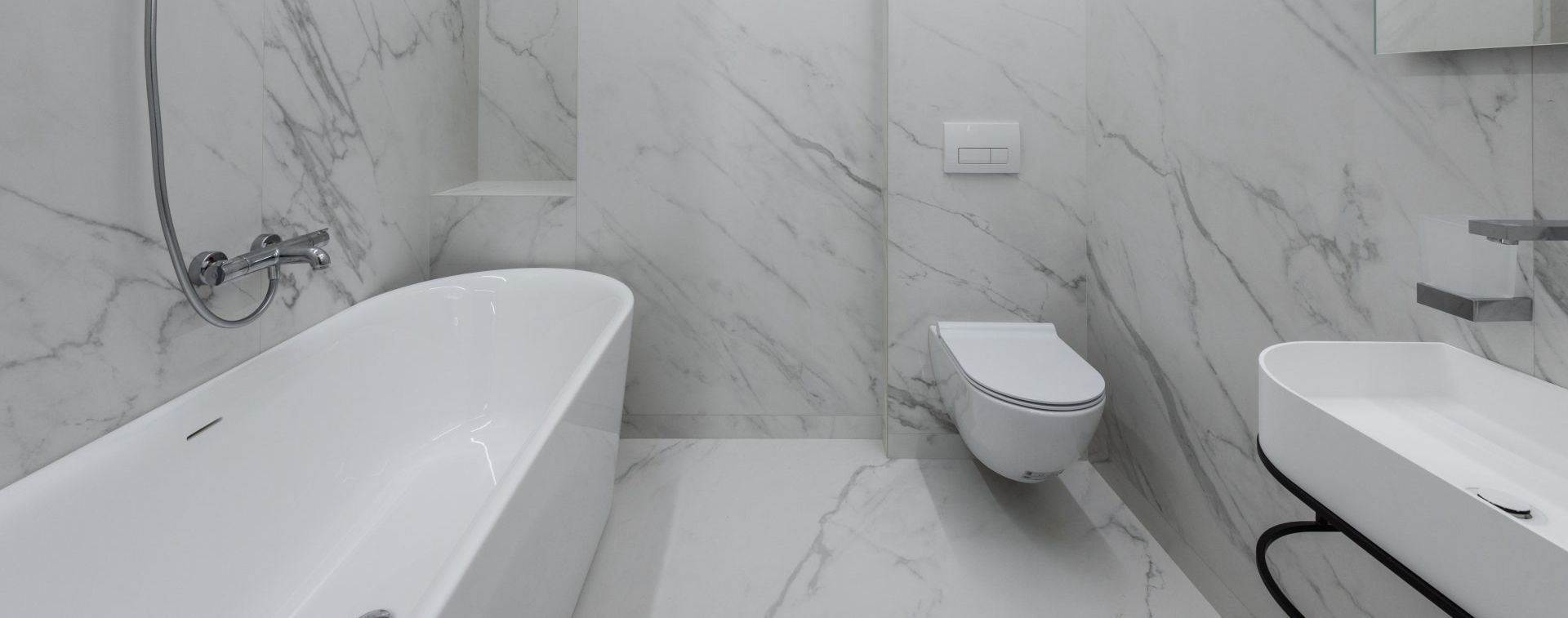Choosing Wisely: Repairing vs. Replacing Your Bathtub - What You Need to Know
When faced with the decision of whether to repair or replace a bathtub, homeowners are often caught in a crossroads of cost, convenience, and aesthetics. The choice between reglazing an existing tub or installing a new one can significantly impact both the functionality and style of a bathroom.
This decision is not just about immediate needs; it also involves considering long-term implications for home value, environmental sustainability, and personal satisfaction. Also, homeowners who have an aging tub might be thinking if it's worth doing a full bathroom renovation or just a quick repair. Here are some factors to consider:
5 Ways to Decide Between Replacement or Reglazing

- Cost Comparision
Assessing the financial aspect is crucial. Reglazing a bathtub often presents a more cost-effective solution than a full replacement, especially when considering the direct costs of purchasing a new tub and the associated labor for installation. However, it's important to factor in potential hidden expenses, such as plumbing adjustments or structural changes, which can arise during a replacement project. Weighing these costs against your budget and the long-term financial implications is a key step in making your decision. - Assessing Bathtub Condition
The current state of your bathtub plays a pivotal role in this decision. Scratches, small chips, and superficial stains are typically manageable through reglazing. However, more serious issues like large cracks, leaking, or extensive mold and mildew growth might necessitate a full replacement. It's vital to realistically evaluate the extent of wear and tear to determine if a repair would be sufficient or if a replacement is unavoidable for both functionality and safety. - Longevity and Durability
Consider the lifespan and endurance of a reglazed bathtub compared to a new one. Reglazing can extend the life of your current bathtub by several years, but it may not be as durable as a brand-new bathtub. Usage frequency and maintenance habits also influence the longevity of both options. Reflect on how long you need the solution to last and whether a short-term fix or a long-term investment is more appropriate for your situation. - Aesthetic Considerations
The visual impact of your decision should align with your personal style and the overall design of your bathroom. Reglazing offers a quick refresh but often with limited color and finish options. On the other hand, replacing your bathtub opens up a world of design possibilities, allowing you to choose from various styles, sizes, and materials. If a bathroom remodel or update is on the horizon, replacing the tub might be more conducive to achieving your desired aesthetic. - Compatibility with Bathroom Layout and Plumbing
Assessing how your bathtub fits within the overall layout and plumbing setup of your bathroom is vital. Reglazing allows you to keep the existing size and shape of your tub, ensuring that no changes are needed to the bathroom's layout or plumbing. However, if you're facing ongoing issues with plumbing compatibility or if the current bathtub size or style doesn't complement your bathroom, replacing it might offer a more suitable long-term solution. This aspect becomes particularly relevant in cases of extensive bathroom renovations or when upgrading to more modern plumbing systems.
Pros and Cons of Bathtub Reglazing

Pros of Bathtub Reglazing
Cost Efficiency: Bathtub reglazing is usually less expensive than a full replacement, as it involves a simple refinishing process rather than purchasing a new tub and paying for extensive labor.
Quick Turnaround Time: The reglazing process typically takes just a few hours, which means less disruption to your daily routine. In contrast, replacing a bathtub can take several days, especially when considering removal, installation, and potential plumbing adjustments.
Keeps the Bathtub in Place: If you love the style of your current bathtub, reglazing allows you to retain your tub while giving it a fresh, new appearance.
Cons of Bathtub Reglazing
Limited Lifespan: While reglazing can extend the life of your bathtub by several years, it isn't a permanent solution. The reglazing may chip or wear off over time, requiring further refinishing.
Limited Customization: With reglazing, you're stuck with the same style and size of your current tub. You can't make significant changes to the bathtub style or size as you might when replacing your tub.
Potential Health Hazards: The materials used in reglazing can be harmful if not appropriately handled. The process involves strong chemicals, and inadequate ventilation or improper use can lead to health problems.
Weighing Your Options for the Best Outcome
Ultimately, there is no one-size-fits-all answer when it comes to repairing or replacing a bathtub. The decision depends on your specific needs and circumstances. While reglazing offers a budget-friendly and time-efficient solution, replacing your tub can offer more long-term benefits in terms of durability, aesthetics, and compatibility with your overall bathroom design. Evaluate the factors discussed above, and consult with a professional bathroom remodeling company to make an informed decision that aligns with your priorities and goals for your bathroom. Whether you choose to reglaze or replace, investing in a bathtub solution that meets your needs can add significant value and satisfaction to your home in the long run.
Looking for a local bathroom remodeler? Contact Dave Davidson Remodeling today! Dave Davidson Remodeling offers professional bathroom renovations throughout the greater Pioneer Valley Area.
